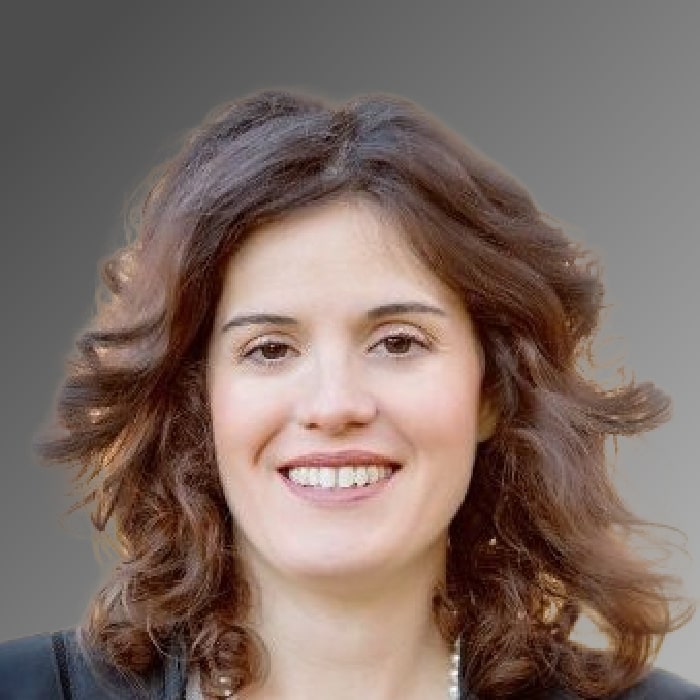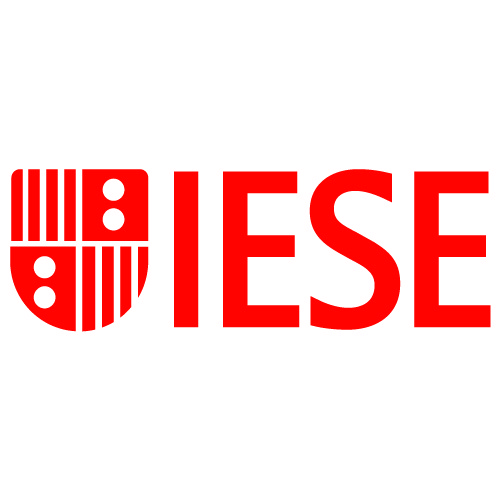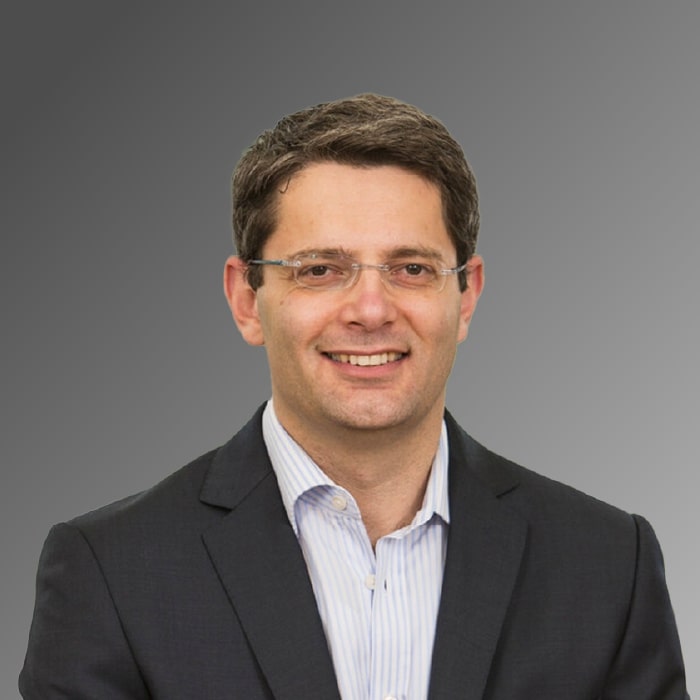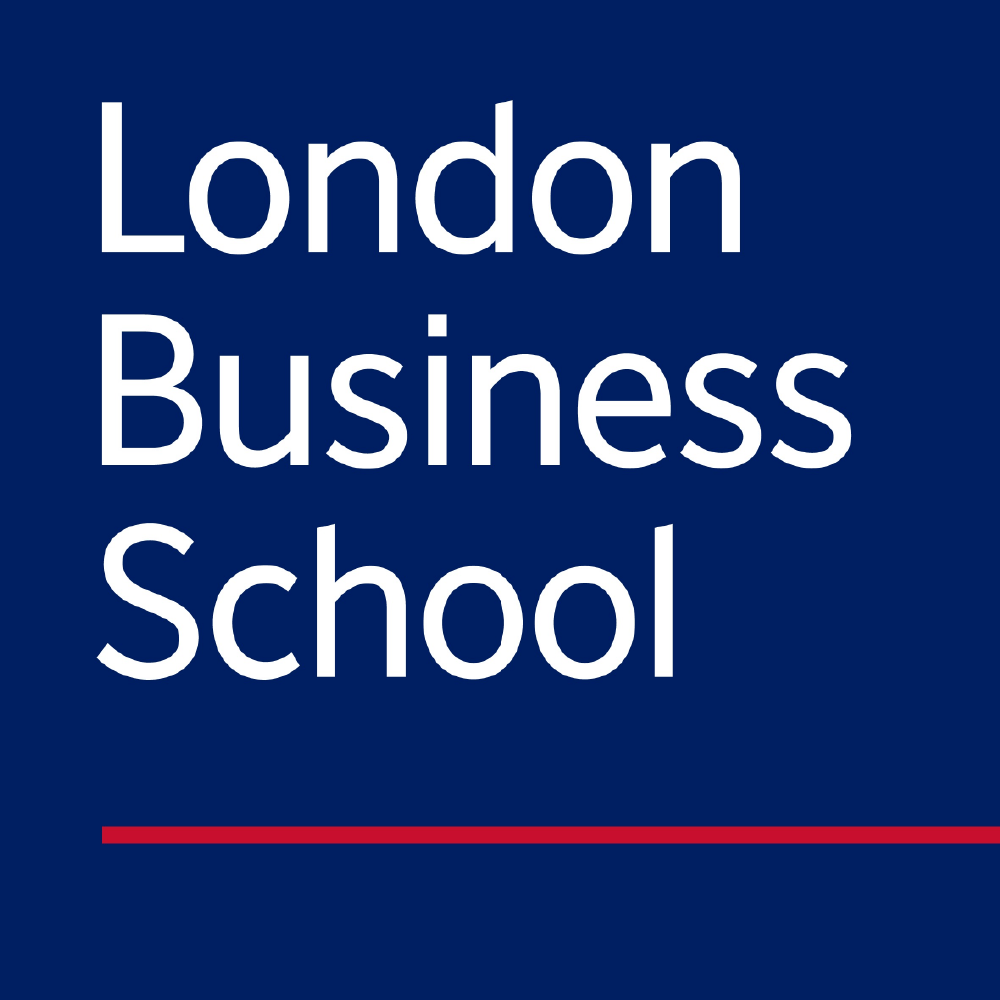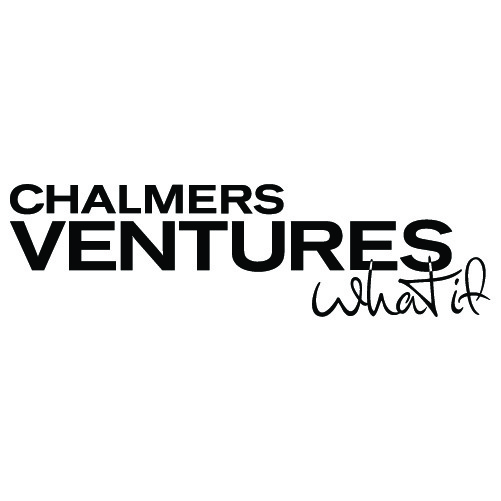A Founder-Focused Approach to Tough Tech Venture Capital: Lessons from Ann DeWitt’s Journey
May 15, 2024
Interviewed by Nicolas Sauvage on June 23, 2022
While she acknowledges that her academic background and scientific knowledge could become a source of bias in her investment decisions, Ann DeWitt would not trade her doctorate from MIT for anything. Ann, general partner at Engine Ventures, told Corporate Venturing Insider host and TDK Ventures President Nicolas Sauvage that she will never regret having gone through the experience of earning her Ph.D. in chemical engineering and systems biology and the knowledge that brings because “it’s a way of thinking, understanding how to dialogue with colleagues in very different disciplines.”
Transitioning from Science to Financial VC
“It all depends on how you bring your experience and understanding to the founders and the opportunity you’re looking at at the moment,” she elaborated. “I was in an area that was highly integrative or convergent as part of my doctorate. And so having that kind of formative experience for me, especially as I did not come from a family that had highly technical or advanced degrees, showed part of the way the world works,”
She is grateful for the opportunity to learn from people and in an environment that “really focused on the mission of how we create breakthroughs and how they are going to translate into the world in all these convergent ways.”
Her advanced degree led to a six-year position as a chemical engineer at 3M. While she enjoyed her time working for such an innovative company, she found herself drawn more to the business side of the industry. As her affinity shifted from the laboratory to the C-suite, Ann sought to “rewire my neural network” by obtaining her MBA from Harvard. While there, she became immersed in the entrepreneurial spirit, collaborating on the MIT 100K business plan competition, gaining exposure to potential founders, and sparking her interest in venture capital.
She graduated in 2009 in the wake of the financial crisis. Thankfully, Ann was already armed with an invitation to join Flagship Ventures (now Flagship Pioneering) a venture capital firm she had pitched while in business school.
“I remember telling the partner that I didn’t really know what a venture capitalist did,” she admitted. “But I thought their portfolio companies were phenomenal and groundbreaking. And I thought I could be a better entrepreneur for having spent time in a venture firm.”
With four years of venture experience from Flagship and in a startup company founded by Harvard Faculty Flagship and Arch Venture Partners under her belt, Ann again leveraged a connection. One of the CEOs she worked with at Flagship introduced her to a colleague who was resurrecting the Genzyme Ventures Fund.
“When someone of that caliber offers to make an introduction, as a younger person, you take them up on the opportunity,” Ann noted. “So I ended up meeting Bernard Visian, an entrepreneur and part of the Sanofi family through an acquisition. Bernard was restarting the Genzyme Venture Group as Sanofi Genzyme Ventures with a different mandate and a slightly different capital structure in the context of the CVC.”
She was intrigued by a firm operating inside a corporate using equity to further strategy while also making money. It was an approach more and more companies in the biotech industry were adopting. Ann’s tenure proved rewarding, as she divided her time between the venture and business development teams. Both were responsible for building relationships with startups connected to Sanofi’s product pipeline.
Revving the Engine
Ann caught wind of an unusual venture firm being spun out of MIT.
She thought, “That’s a great fit for me because it brings together financial institutional investing, corporate venture capital in some sense, as well as a whole bunch of skills I had as a card-carrying engineer way back in the day. The mission just drew me in.”
The connection with MIT makes The Engine unique. It all started when President Rafael Rife sought to expand on the institute’s pull from the venture community. MIT’s biology and computer science departments had always been in high demand, but Rife wanted to expose his school’s chemistry, material science, nuclear engineering, and other departments to entrepreneurs. Ann said The Engine operates under a mandate from MIT to accelerate the formation of foundational companies in these “tough tech” fields. As an early-stage investor,
The Engine has “a mission and a set of things we offer to founders to help build their companies and get them up and going out of breakthrough academic research (during their first) two to four years,” Ann said. “We have an incredible network that draws on all the goodness of MIT, Harvard, which joined in the second fund, and many others.”
She said the academic institutions contribute an impressive array of infrastructure — 300,000 square feet of shared bio labs for clean tech and climate tech.
She emphasized that, thanks to the MIT backstory, nurturing relationships with founders in these niches and coalescing them into a community remain central.
“The tough tech founder community has a critical mass,” she said. “They know one another, and they can share resources, knowledge, and experience. They will all go faster in a community that is willing to give back to each other.”
Community building necessitated a limited geographic reach, she said.
“For the experiment to work, given those ingredients, we thought we needed to do it locally just to see if we could get the proof points around the experiment,” Ann said. “We do have companies outside the region and we run some programming for proto-founders around the United States, so we’re figuring out how to continue to scale The Engine for tough tech founders beyond the region.”
Investment Thesis and Strategy
Ann agreed that general rules guiding investment types can be helpful, but she also does not want to exclude supporting startups that address challenges outside a narrow focus. She wants The Engine to find technologies that solve problems the world faces, as well as the latent or emerging problems being tackled by industry and academia.
“So we like to make sure that we are being open; not everything we invest in would have a thesis about it,” she said. We want to hear about problems…that founders and teams may be bringing forward. One thing that will be consistent is the concept of breakthrough academic research as the basis for a new industry or a foundational company that would change an existing industry. And we are looking at founding teams that we believe have the potential to build the biggest companies.”
The Power of Equity
Ann said her foundation in financial VC provides her with a discipline that serves her well in the Engine CVC. Many early-state institutional funds make large bets on products and applications that have not been proven or in some cases, even invented. She said financial VCs make clear the “why” of each investment, which is just as crucial for CVC groups because “there are many different flavors and many different reasons,” Ann explained. “Some groups are exploring white space with equity. For others, it’s about filling the product pipeline. For others, it can be only a subset of strategic initiatives. Or it could be related to a company’s digital transformation and using equity as a tool.”
She said the financial side showed her the importance of understanding the different uses of equity and being clear with founders or executive teams about why the CVC is interested in their startups as worthwhile investments in forging strong matches between the investor syndicate and the company.
With an equity stake, CVC teams invest not only cash and resources but also emotions, which requires additional responsibilities.
“Even for corporate venture groups who may use equity as an early business development tool, the relationship that’s been started and continues unless you move off that cap table is there and can be dialed up and down as deep as one wants,” she said. “There’s often some pushback that an investment doesn’t put something in our pipeline because all we’ve done is take ownership, (so) some of the other elements, depending on the industry that the corporate venture group is working with, can use equity effectively as an innovation tool for the industry.”
She cited the biotech industry as a sector that has benefitted from CVCs’ diverse use of capital. Many large pharma and health tech corporates fund CVCs that have combined with other levers to spur innovation in treatments, curative medicines, and advanced diagnostics. The equity component has translated into business development, joint ventures, and acquisitions as well as “creating even more momentum for innovation inside the industry that will translate over into other industries that are starting to ramp up their (CVC) activities.”

 Tough Tech, as defined by the Engine, creates and transforms industries but often struggles for funding due to high capital needs.
Tough Tech, as defined by the Engine, creates and transforms industries but often struggles for funding due to high capital needs. 